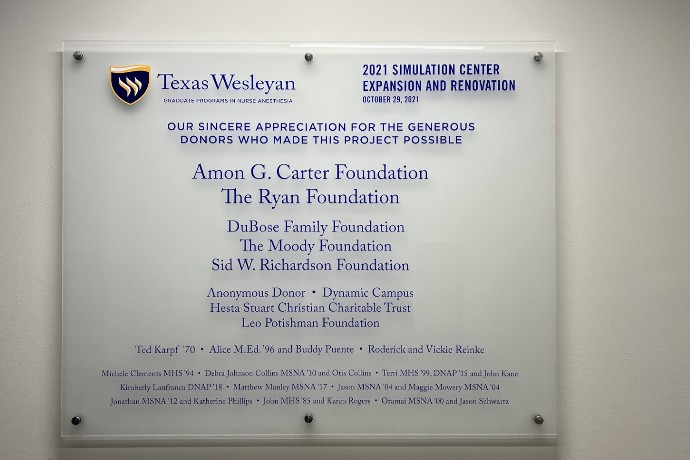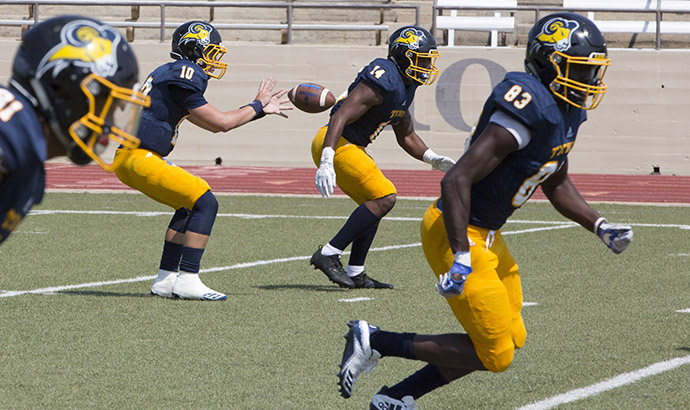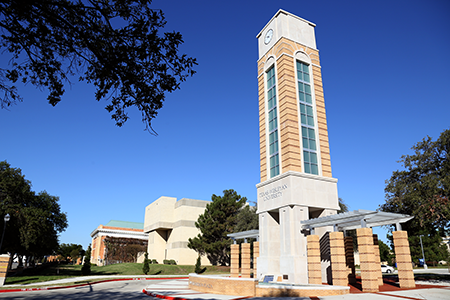GPNA Simulation Lab Update

The anesthesia simulation program at Texas Wesleyan is in the midst of a multi-year infrastructure and curriculum upgrade aimed to provide our residents with the best hands-on training and clinical preparation possible. The simulation (sim) lab is often remembered as one of the most enjoyable experiences in the program. The lab has come quite a ways from its early roots and is definitely something to make alumni, faculty and residents proud.

The simulation laboratory completed a significant renovation and expansion in 2022, thanks to the support of alumni and donors. Its new state allows cutting-edge skills practice and anesthesia simulation. Our new footprint has three simulated operating rooms, equipped to be as close to real conditions as possible. Each operating room is equipped with a Gaumard Human Patient Simulator and GE Avance Anesthesia Workstation. A closed-circuit camera system allows accurate review during case debriefings. There is a separate control and viewing room which removes instructors from the lab during scenarios, allowing residents the feeling of autonomy but permitting close observation of training evolutions.
In addition to the footprint change, the simulation lab has significantly expanded our capabilities through the purchase of several ultrasounds which are now utilized for training in vascular access placement, regional anesthesia and point-of-care examinations. The faculty feel this will allow our residents easier entry into the clinical environment through the comfort with this evolving treatment modality. The most recent physical expansion is the addition of pediatric manikins and scenarios. Care of pediatric patients can be extremely stressful, and we feel this hands-on time will be well spent.
The course structure has also been updated to correlate with simulation training. This allows reinforcement of classroom lectures and a chance for residents to ask questions in a smaller environment. Residents begin their classroom ultrasound training during the first year in the advanced assessment course with a technological overview. This continues with an introduction to point-of-care ultrasound including airway/systemic exams, vascular access and concludes with a cadaver-based regional anesthesia course. This is accompanied by an online learning system which adds in cardiac and pulmonary examinations. Our future expansion plans include hands-on cardiac scanning and peripherally inserted central catheters. These capabilities can make a significant difference in the care by autonomous providers. When our residents transition from the lab to the operating room, we want them to have had the best training and experience possible. The possibility wouldn’t exist without the continued support of our alumni.









